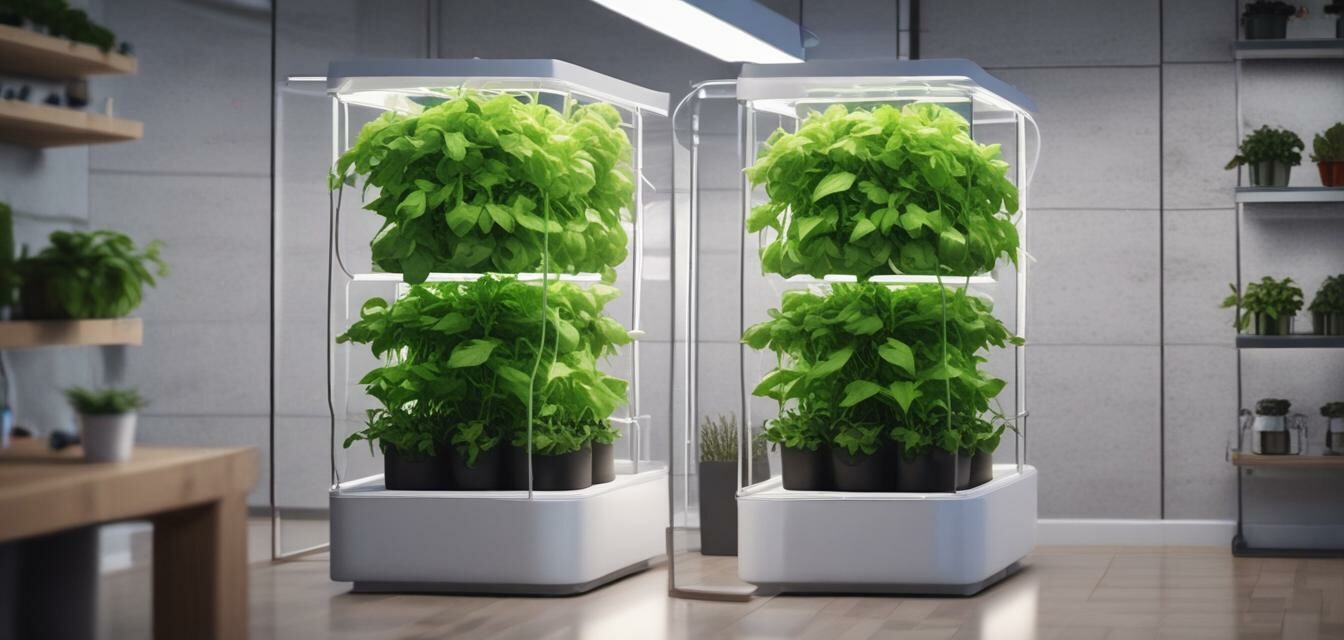
Building a Hydroponic System for Small Spaces
Key Takeaways
- Hydroponic gardening is ideal for small spaces.
- Simple materials can be sourced easily for DIY projects.
- Starting with basic hydroponic systems allows for flexibility in growth.
- Understanding the nutrient solution is crucial for plant health.
- Multiple designs cater to various space limitations and needs.
Hydroponic gardening opens up a world of possibilities, especially for those with limited space. Whether you live in a small apartment or just want to create a garden on your balcony, building a hydroponic system can be both fulfilling and practical. This guide offers actionable steps to help you create your own hydroponic setup using materials that are easy to find and manage.
What is Hydroponics?
Hydroponics is a method of growing plants without soil, using water mixed with nutrients. This method allows for better control over the growing environment and can lead to faster, healthier plant growth.
Benefits of Hydroponic Gardening
- Uses less water compared to traditional gardening.
- Ideal for growing in limited spaces.
- Reduces pest and disease problems associated with soil.
- Allows for year-round gardening, regardless of weather conditions.
Step-by-step Guide to Build Your Hydroponic System
Step 1: Choose Your Hydroponic System Type
There are several types of hydroponic systems suitable for small spaces:
| System Type | Best For |
|---|---|
| Deep Water Culture | Fast-growing plants |
| Nutrient Film Technique | Vegetables and herbs |
| Vertical Hydroponics | Maximizing space |
Step 2: Gather Your Materials
For a basic hydroponic system, you will need:
- A container for the plants (like PVC pipes or a plastic tub)
- A water pump
- Nutrient solution
- Growing media (like clay pellets or rock wool)
- Air stone (for aeration)
Step 3: Set Up Your Hydroponic System
Follow these steps to create your hydroponic system:
- Fill your container with water and add the nutrient solution as per the instructions.
- Set up the water pump to circulate the solution.
- Insert the growing media in your chosen containers.
- Plant your seeds or seedlings in the media and place them in the system.
- Connect an air stone to aerate the water to ensure proper oxygenation for your plants.
Designs for Small Spaces
Here are some effective designs of hydroponic systems perfect for small spaces:
| Design Type | Advantages |
|---|---|
| Wall-mounted Vertical System | Utilizes wall space, leaving the floor free. |
| Stacked Towers | Maximized light usage and growing area. |
| Window Sill Hydroponic Garden | Ideal for small herbs and lettuce. |
The Importance of Nutrient Solutions
Your plants' growth depends largely on the nutrients they receive. Make sure to:
- Choose a high-quality nutrient solution suitable for hydroponics.
- Regularly monitor pH levels and adjust as necessary.
- Replace the nutrient solution periodically to prevent nutrient depletion.
Tips for Beginners
- Start with easier plants like lettuce and herbs if you are new to hydroponics.
- Make sure your system has adequate light for plant growth by considering supplemental lighting if needed.
- Regularly check for pests and diseases even though soil is not used.
Common Mistakes to Avoid
- Ignoring the importance of sterilization can lead to algae growth.
- Overwatering or not providing adequate drainage can suffocate plant roots.
- Neglecting to check the water level can lead to nutrient solutions drying out.
Conclusion
Building a hydroponic system for small spaces is an exciting DIY project that can yield fresh produce right from your home. By choosing the right system type, gathering necessary materials, and properly nurturing your plants, you can create a sustainable gardening oasis in your limited space. With this guide, you are now on your way to establishing your very own productive hydroponic garden.
Pros
- Maximizes growing area in limited spaces.
- Provides faster growth with fewer resources.
- Involves less manual labor once set up.
Cons
- Initial setup can be time-consuming and may require investment.
- Requires regular monitoring and maintenance.
- Learning curve can be steep for beginners.
By exploring more DIY projects and enhancing your skills, you can expand your hydroponic gardening journey even further!

